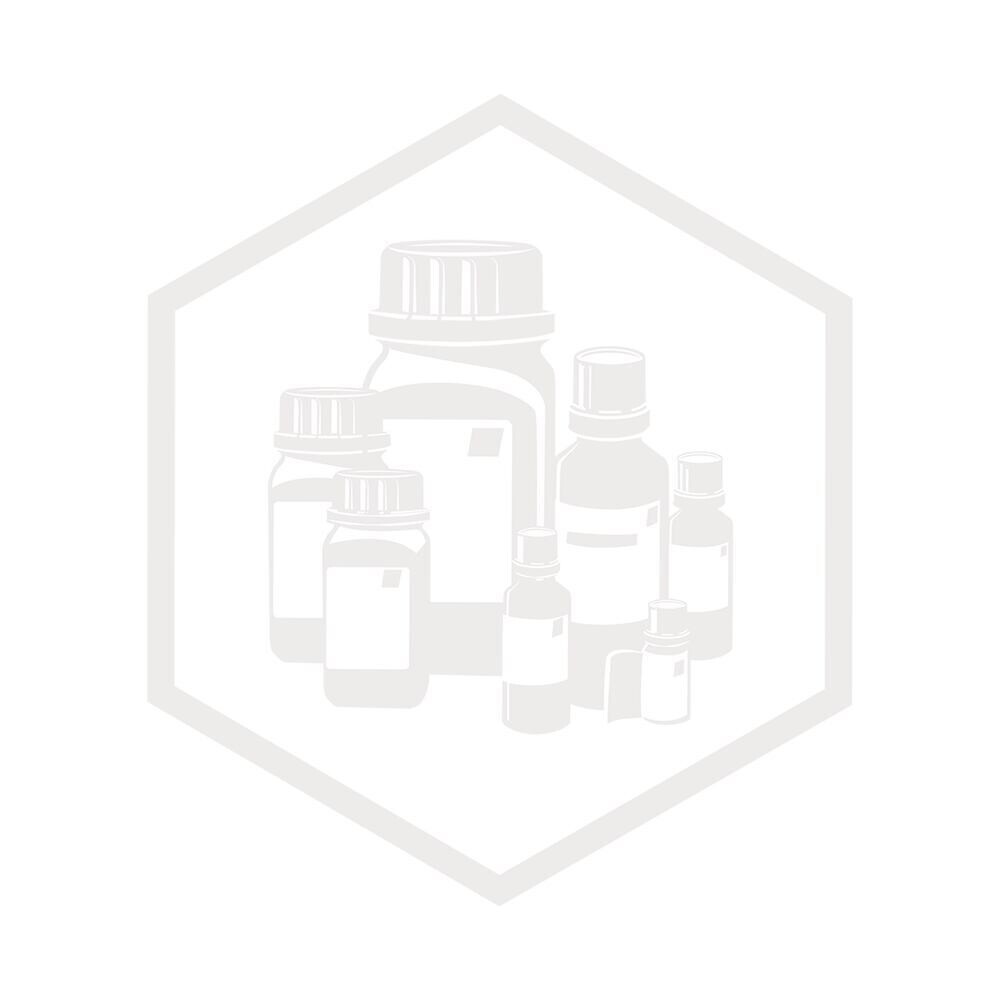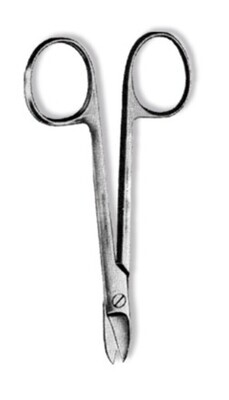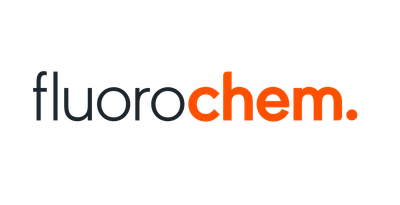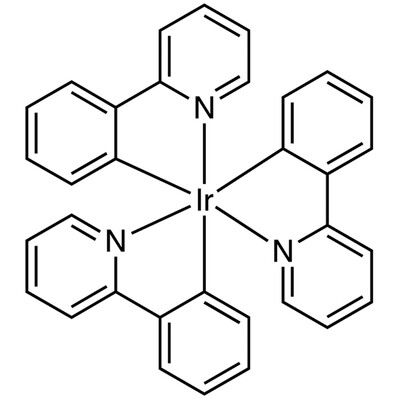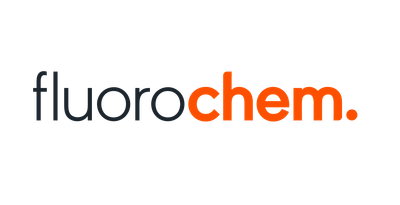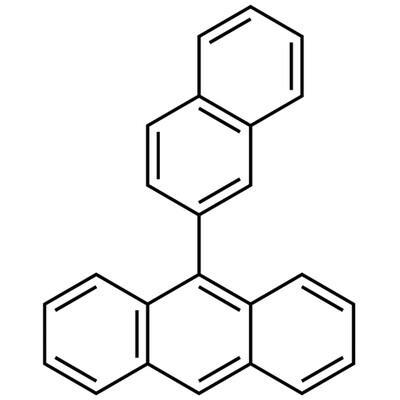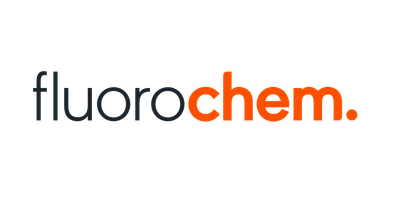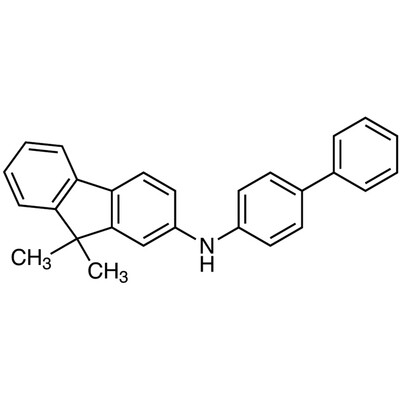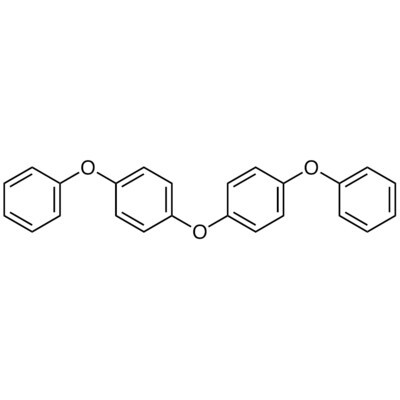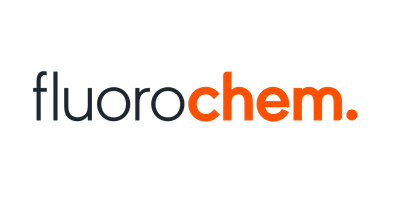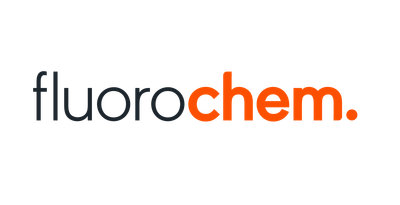Verzending 24–48 u • Levering in de hele EU • Veilige chemieverpakking
Potassium tetraborate tetrahydrate 99.5% 1 g
SKU 006534
€ 98,01
End user declaration required
Only for registered companies
Copy of ID or Passport
Add More Files...
Application of the product:
Enter your text
I hereby confirm that:-That the substances, preparations and products are only used in an authorized manner (in accordance with European and national legislation), use these products only for research, scientific and educational purposes. The substance(s) ordered: -Not used to produce substances or to serve as a component or intermediate of narcotic drugs and/or psychotropic substances. -Not used in medicinal products for human or veterinary use, agriculture, food or cosmetics, except as a raw material, auxiliary or operating material and/or as a research and analytical reagent. - Not used to develop or produce chemical weapons - Not used for military or illegal purposes. - do not re-export the item(s) to third parties countries without prior approval of the export control authorities. -Will not be re-exported/exported or otherwise resold or transferred domestically or internationally to any destination subject to an EU, UN or US embargo, if that act would be contrary to the conditions of that embargo. - Only supplies the mentioned products to customers who can also provide such an End Use Certificate. We will carefully store all certificates received and provide them upon request. - I am over 18 years old.
In stock
1
Save this product for later
Potassium tetraborate tetrahydrate 99.5% 1 g
Product Details
CAS number: 12045-78-2
Chemical formulas: K2B4O7 . 4H2O/ F.W. 305.51/ m.p. dec.
Cation: K
Packaging: 1 g
EAN: 8721028244383
Brand: Laboratoriumdiscounter
Potassium tetraborate tetrahydrate is a versatile compound used in various industries, including agriculture, ceramics, and cosmetics. With its unique chemical properties, it serves as a source of boron, an essential nutrient for plant growth. This compound also finds applications in the production of glass, enamel, and detergents. Its hygroscopic nature makes it an ideal ingredient in skincare products, providing moisturizing and emulsifying properties. Discover the diverse uses and benefits of potassium tetraborate tetrahydrate in different fields.
When working with Potassium tetraborate tetrahydrate, also known as borax, it is important to follow these safety instructions: 1. Personal Protective Equipment (PPE): Always wear appropriate PPE, including safety goggles, gloves, and a lab coat or protective clothing. This will help protect your eyes, skin, and clothing from potential hazards. 2. Ventilation: Ensure that you are working in a well-ventilated area or under a fume hood. This will help to prevent the inhalation of any fumes or dust particles that may be released during handling. 3. Handling: Use caution when handling borax. Avoid direct contact with the skin, eyes, and mouth. In case of accidental contact, rinse the affected area with plenty of water for at least 15 minutes and seek medical attention if necessary. 4. Storage: Store borax in a cool, dry place away from incompatible substances. Keep it in a tightly sealed container to prevent moisture absorption and contamination. 5. Spills and Cleanup: In the event of a spill, carefully contain and clean up the material using appropriate methods. Avoid creating dust or spreading the spill further. Dispose of any contaminated materials properly according to local regulations. 6. Fire Safety: Borax is not flammable, but it may release irritating or toxic fumes when heated. Keep it away from open flames, sparks, and heat sources. 7. Incompatibilities: Avoid contact or mixing borax with strong acids, oxidizers, or reducing agents, as it may react and release hazardous gases or cause other dangerous reactions. 8. First Aid: Familiarize yourself with the appropriate first aid measures in case of accidental exposure or ingestion. Have access to emergency eyewash stations, safety showers, and a first aid kit. 9. Handling and Disposal: Follow all local regulations and guidelines for the safe handling, storage, and disposal of borax. Do not dispose of it in regular trash or down the drain without proper treatment. 10. Training: Ensure that you have received proper training and are familiar with the properties, hazards, and safe handling procedures of borax before working with it. Remember, these safety instructions are general guidelines and may not cover all potential hazards or specific situations. Always consult the material safety data sheet (MSDS) and follow the instructions provided by the manufacturer for the specific product you are using.
Please note, not all safety data for this product is available on our website, for a complete list of P en H sentences and other safety instructions please request the MSDS at our customer service
You May Also Like
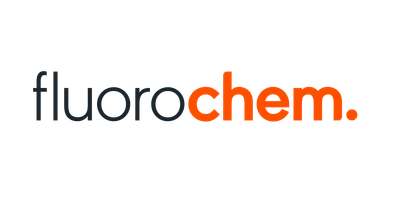
TRANS-4-METHYL-1-CYCLOHEXANEMETHANOL, 95.0%, 250mg
TRANS-4-METHYL-1-CYCLOHEXANEMETHANOL, 95.0%, 250mg
SKU F469726-250MG
€ 402,60
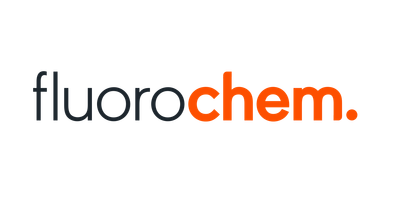
4-Chlorophenylmethyl sulfone, 98.0%, 25g
4-Chlorophenylmethyl sulfone, 98.0%, 25g
SKU F049230-25G
€ 49,50
Display prices in:EUR
